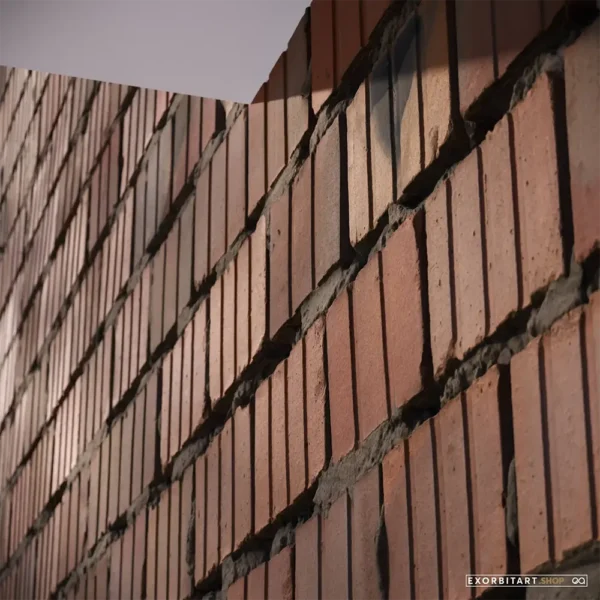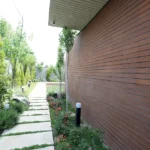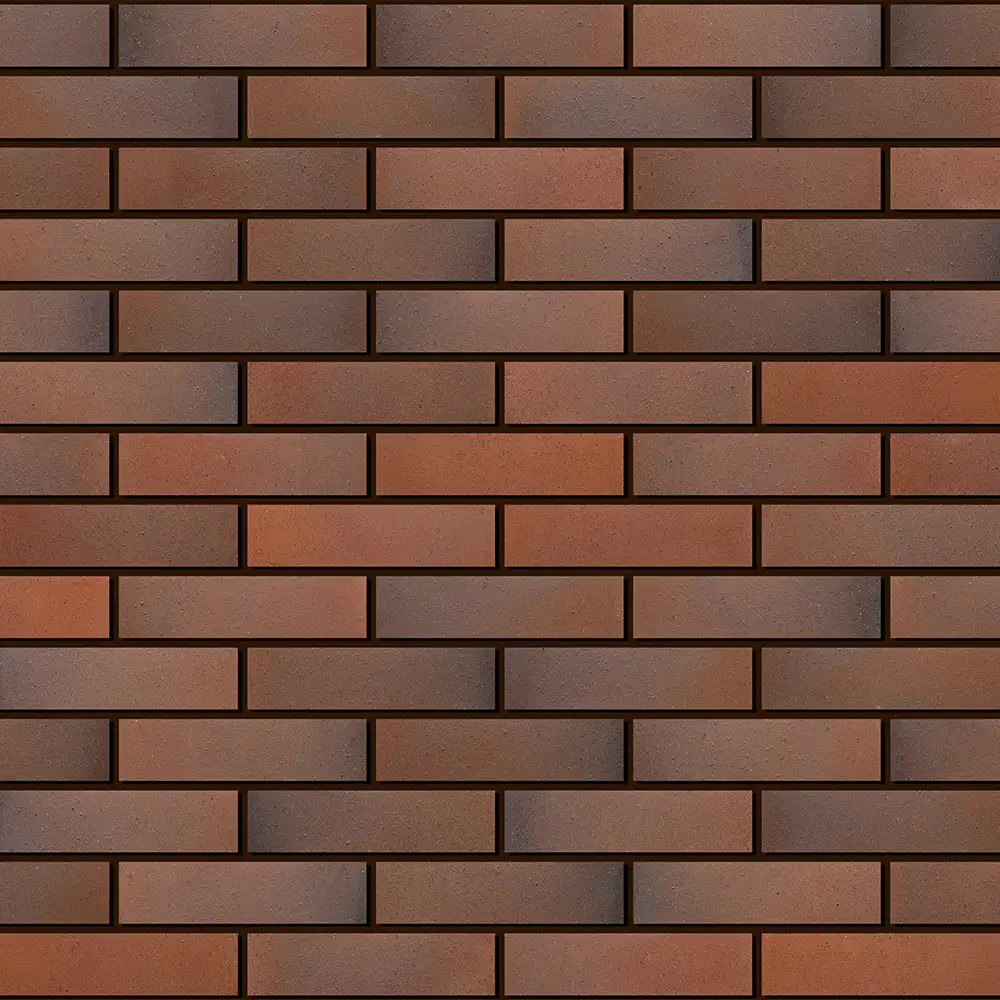الوصف
Materials and Manufacturing
Brown bricks are typically made from clay, concrete, or shale. Their distinct coloration is achieved through a combination of natural materials, firing techniques, and added pigments:
- Natural Clay: Clay rich in iron and organic materials can naturally produce brown tones when fired.
- Firing Techniques: The firing process, particularly at high temperatures or with varying oxygen levels, can darken bricks to achieve brown hues.
- Pigments and Stains: Iron oxide or other mineral pigments can be added during the manufacturing process to create consistent brown shades.
- Textured Finishes: Surface treatments or glazing can enhance the natural variations in color and texture, adding depth to the bricks.
Characteristics
- Earthy Aesthetic: Brown bricks evoke a natural and grounded feel, blending seamlessly with outdoor environments.
- Durability: Like all bricks, they are highly resistant to weathering, fire, and pests, ensuring longevity.
- Color Range: Available in a wide spectrum from light tan and cocoa to deep chocolate and mahogany tones.
Applications
- Residential Buildings:
- Exteriors: Brown bricks are commonly used for home facades, offering a warm, timeless look.
- Interiors: Exposed brown brick walls add texture and coziness to living spaces, often seen in rustic or industrial-style designs.
- Commercial Architecture:
- Frequently used in office buildings, schools, and retail spaces to create a welcoming and grounded aesthetic.
- Landscaping:
- Brown bricks are ideal for garden walls, patios, walkways, and fire pits, harmonizing with natural surroundings.
- Restoration Projects:
- Often chosen for restoring historic buildings, especially in regions where brown bricks were traditionally used.
Advantages
- Timeless Appeal: Their natural tones work well with both traditional and contemporary designs.
- Versatility: Brown bricks pair beautifully with other materials like wood, metal, and stone.
- Low Maintenance: Their earthy color helps mask dirt and wear, reducing the need for frequent cleaning.
- Energy Efficiency: Their thermal mass can help regulate indoor temperatures, contributing to energy savings.
Considerations
- Cost: The price of brown bricks may vary depending on their material and manufacturing process, with glazed or specially treated bricks costing more.
- Climate Suitability: In very hot climates, dark brown bricks may absorb more heat, which could affect indoor cooling needs.
- Availability: In some regions, specific shades or textures may be harder to source, impacting selection and cost.
Design Pairings
- With Natural Wood: Pairing brown bricks with wooden elements creates a cozy, cabin-like feel.
- With Light Colors: Brown bricks combined with light-colored trim or mortar produce a balanced, inviting appearance.
- With Greenery: Brown bricks complement landscaping beautifully, emphasizing the natural beauty of gardens and plants.
- Modern Contrast: Deep brown bricks paired with sleek metal or glass accents achieve a contemporary and sophisticated look.
Conclusion
Brown bricks are a timeless and adaptable choice in architecture and landscaping. Their earthy tones and versatility make them ideal for creating spaces that feel warm, inviting, and connected to nature. Whether used in traditional homes, modern designs, or outdoor projects, brown bricks continue to be a favored material for their beauty, durability, and ability to blend seamlessly with diverse environments.

























sadeghi –
good